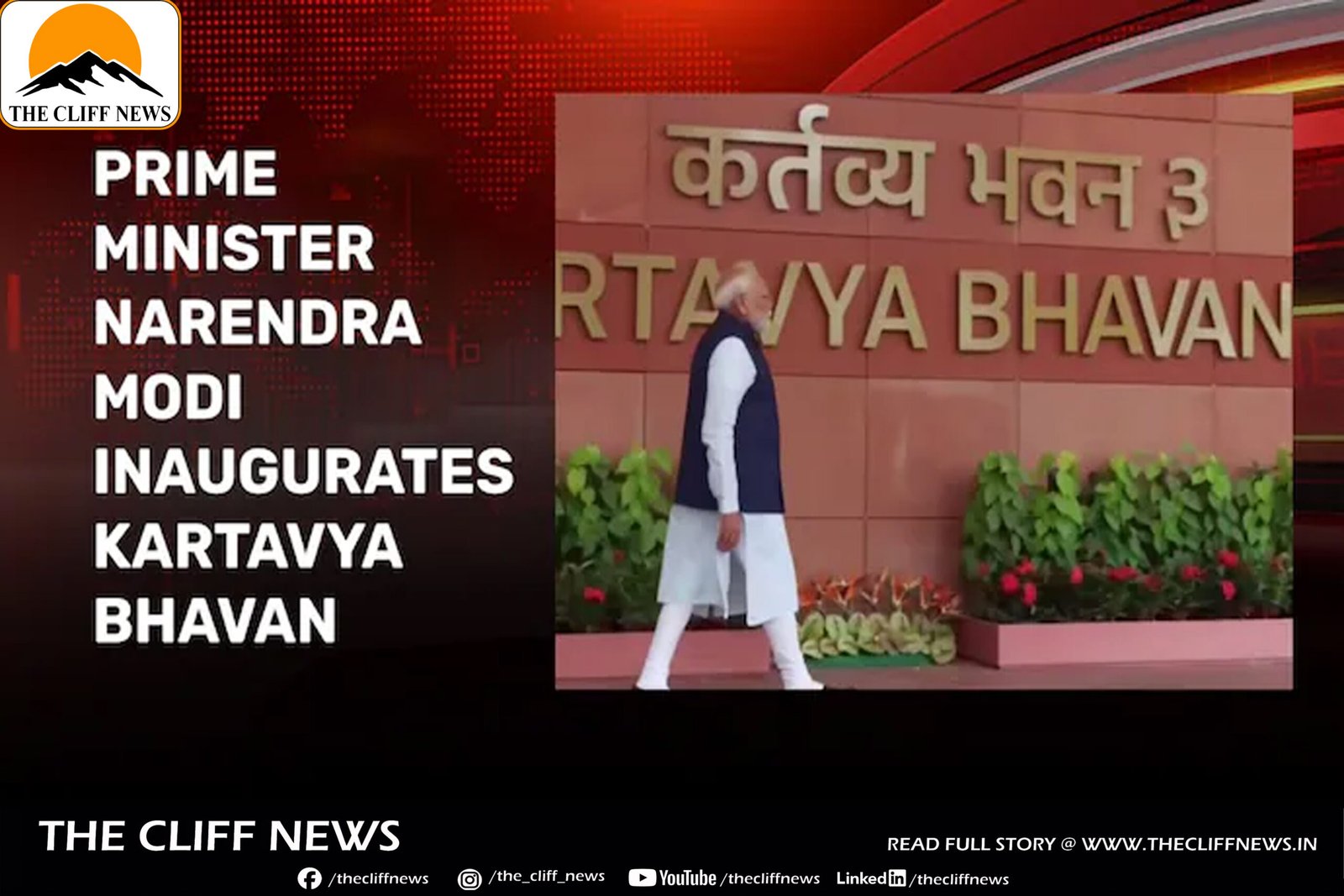Delhi’s iconic Janpath area is witnessing a massive transformation as the Common Central Secretariat (CCS) project nears its phased completion. Built on the site that once housed the Indira Gandhi National Centre for the Arts (IGNCA), the CCS has now been officially renamed Kartavya Bhavan.
Kartavya Bhavan 3 Ready for Inauguration
The first completed building—Kartavya Bhavan 3 (CCS-3)—will be inaugurated by Prime Minister Narendra Modi on Wednesday. Initially slated for a November 2023 completion, the first three buildings of the CCS project have seen delays, but two more blocks are expected to be ready by next month.
This project forms a key component of the ambitious Central Vista Redevelopment Project, launched in 2019, which includes the new Parliament building, the revamped Kartavya Path, and now, a cutting-edge secretariat complex to house India’s top government ministries.
Ministries Begin Shifting In
So far, the Ministry of Home Affairs has shifted from the historic North Block into Kartavya Bhavan 3. Ministries of Petroleum & Natural Gas and Rural Development are next in line to move in, Housing & Urban Affairs Minister Manohar Lal Khattar announced at a press briefing.
The government has approved a total of ₹3,690 crore for the construction of CCS buildings 1, 2, and 3.
Project Timeline and Features
According to Housing Secretary K. Srinivas, the entire CCS complex—comprising 10 buildings—is expected to be ready by mid-2027. Construction for the remaining buildings will begin by December 2025, and with modern building technologies, each phase is planned to complete within 24 months.
Kartavya Bhavan will feature:
- 24 large conference rooms (seating 45 people)
- 26 medium conference rooms (25 seats)
- 67 small meeting rooms (9 seats)
The campus will be fully access-controlled, with ID-based entry systems, CCTV surveillance on every floor, and power fencing around the perimeter. There will also be an integrated command and control centre for real-time monitoring of Central Vista.
Green and Modern Design
The buildings boast several eco-friendly features, including:
- Double-glazed glass façades for thermal insulation and noise reduction
- Energy-efficient LED lighting
- Occupancy and daylight sensors, aimed at achieving 30% energy savings
What Will Stay and What Will Go?
Currently, 22 Union ministries—comprising 41,000 employees—are housed in old government buildings like Shastri Bhawan, Nirman Bhawan, Udyog Bhawan, Krishi Bhawan, and Vayu Bhawan. Most of these will eventually shift to the new CCS complex.
However, a few buildings will remain unchanged:
- Vanijya Bhawan (Commerce Ministry)
- Jawaharlal Nehru Bhawan (External Affairs Ministry)
- National Museum
- Ambedkar Auditorium
“These structures were constructed recently and will be retained,” clarified Srinivas.
Kartavya Bhavan signals not just a physical relocation but a symbolic shift towards modern, efficient governance in India. With its high-tech infrastructure, green credentials, and centralized layout, it reflects the government’s vision for a 21st-century administrative capital.



